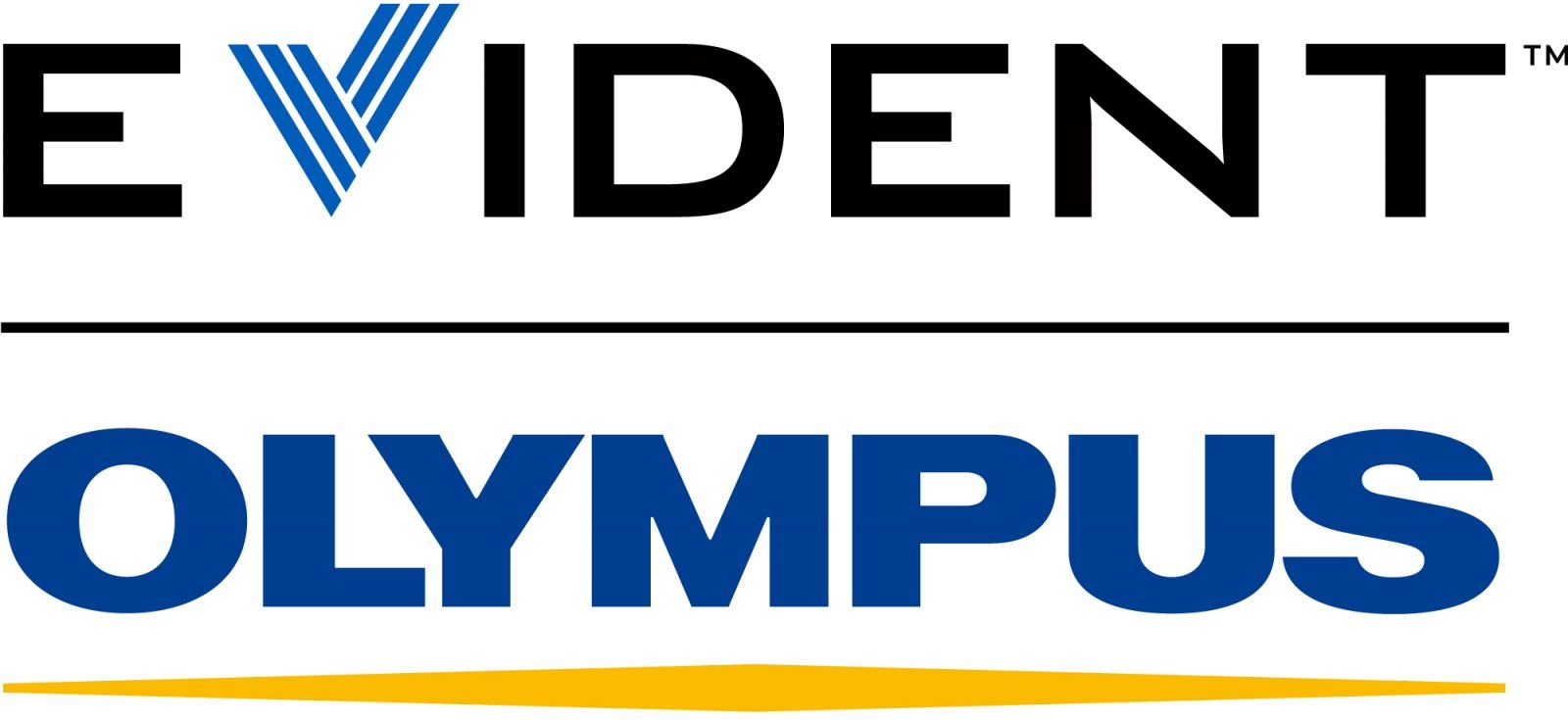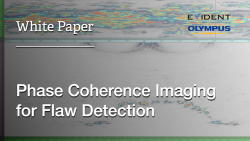Sponsored by 
Overview
In the field of ultrasonic nondestructive testing (NDT), the total focusing method (TFM) is a widely known NDT imaging technique that's growing in popularity within the NDT community. However, although TFM enables easier image interpretation than conventional phased array (PAUT) inspection, the use of a single element in transmission during acquisition can result in images with a low signal-to-noise ratio (SNR). This low SNR is due to poor acoustic penetration, typically in thick parts or in highly attenuative material.
Phase coherence imaging (PCI) is a new advanced ultrasonic inspection technique that produces live TFM images with unprecedented clarity and sensitivity to small defects. Unlike other ultrasonic testing technologies, including PAUT, PCI’s signal processing does not consider the amplitude when generating TFM images. Its signal processing is based exclusively on the phase information of the elementary A-scans used to generate a TFM image. This amplitude-free approach results in enhanced visualization and characterization capabilities for some of the most difficult-to-detect defects using today’s conventional ultrasonic techniques.
This white paper summarizes the basic principles of TFM and PCI, and provides examples from real use cases using artificial defects to compare the image results from these two inspection techniques.
Log in or register below to download this free white paper on Phase Coherence Imaging.















